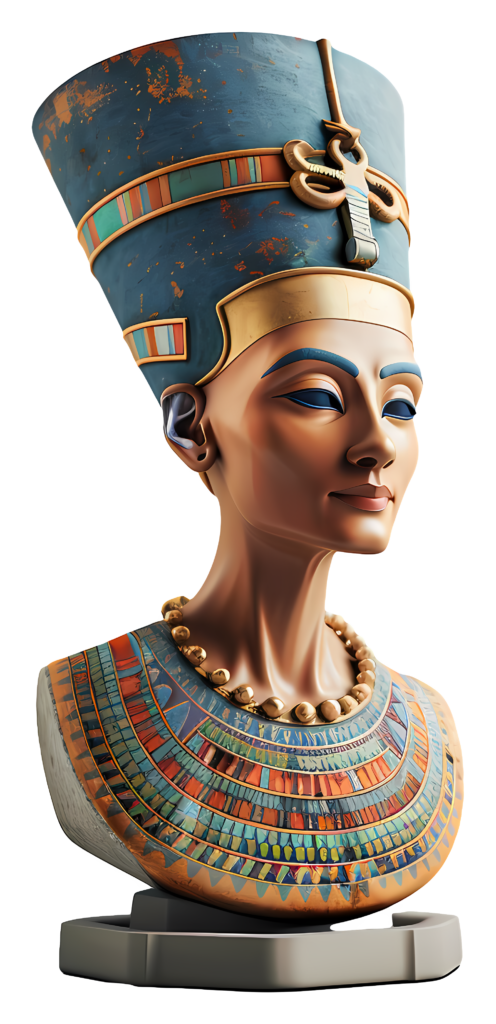
Truly Egypt Tours offers exceptional travel experiences in Egypt, featuring curated itineraries, expert guides, and personalized service to explore the country’s rich history and stunning landscapes




WhatsApp us